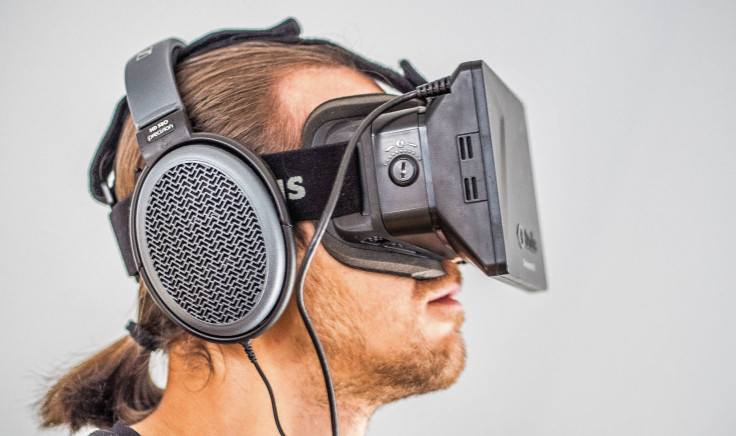Oculus Rift Uses Virtual Reality Technology To Help Glaucoma Patients Stay Balanced

A new study published in the journal Ophthalmology suggests virtual technology works best to test balance control.
Researchers from the University of California-San Diego cited falls are the leading cause of injury-related death among older adults — and the risk of falling is greater for those with chronic eye disease, like glaucoma. So, researchers recruited both people with (42) and without (38) glaucoma to test Oculus Rift, a virtual headset that works to measure balance and movement. Participants wore the headset while standing on a force platform that simulates movement, such as moving through tunnels and spinning floors.
As researchers studied participants using the headset, they found participants with glaucoma made a pronounced effort to regain their balance up to 40 percent more than those without glaucoma. Researchers also found the degree to which balance was lost among participants with glaucoma was also strongly linked to previous falls. This “may be related to the loss of retinal ganglion cells caused by the disease, which leads to slower visual processing and impaired motion perception,” researchers said.
Dr. Felipe A. Medeiros, senior study author and professor of ophthalmology and director of the Visual Performance Laboratory at the UC-San Diego, said traditional balance testing doesn’t mimic visual conditions people encounter day-to-day; Oculus Rift does. Further exploring this virtual reality method could possibly lead it to be using as a way to prevent patients at high-risk for falling.
Glaucoma affects more than 2.7 million people ages 40 and older in the United States. The National Eye Institute at the National Institutes of Health (NIH) reported at first, there are no symptoms. It’s painless; vision is unaffected; and it could be in one or both eyes. Eventually, without treatment, those with the disease will slowly lose their peripheral vision until central vision starts to decrease and disappears altogether. Catching glaucoma early, however, is the way to prevent this from happening.
But whether or not older adults have glaucoma, their balance may decrease as a natural result of age. Doing balancing exercises twice a week, such as standing on one foot, back and side leg raises, can improve lower body strength for better balance.
“You can do balance exercises almost anytime, anywhere, and as often as you like, as long as you have something sturdy nearby to hold on to if you become unsteady,” NIH Senior Health reported. “In the beginning, using a chair or the wall for support will help you work on your balance safely. “
Source: Medeiros F.A, et al. Evaluation of Postural Control in Patients with Glaucoma Using a Virtual Reality Environment. Ophthalmology. 2015.



























